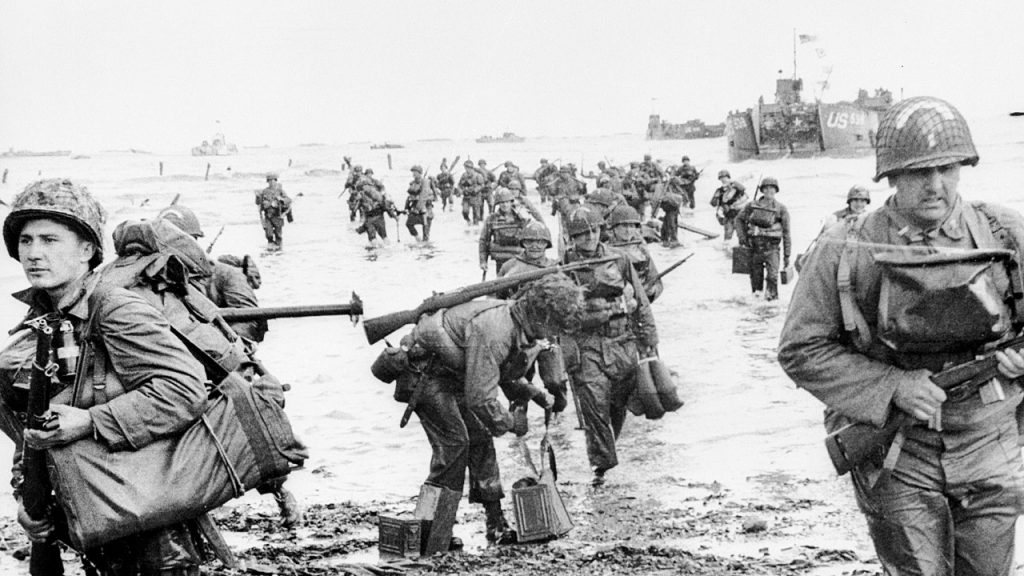On June 6, 1944, the D-Day operation saw the Allied armies coming together for the largest amphibious invasion in history in Normandy, France. The invasion force included 7,000 ships and almost 133,000 troops from various Allied countries. General Dwight D. Eisenhower led the coordinated efforts of 12 nations in the attack. The Allies managed to surprise the Germans by landing on the long, sloping beaches of Normandy, rather than the expected region of Pas de Calais. The invasion was conducted in two main phases: an airborne assault and amphibious landings.
The build-up to D-Day was highly coordinated and preparations were made for months to ensure the success of the invasion. Over 18,000 Allied paratroopers were dropped into the invasion area shortly after midnight on June 6 to provide support for infantry divisions on the beaches. By daybreak, thousands of paratroopers and glider troops were already on the ground behind enemy lines securing bridges and roads. The amphibious landings began at 6:30 a.m., with over 156,000 Allied troops successfully storming Normandy’s beaches by the end of the day. The British, Canadians, and Americans overcame various challenges and successfully captured the designated beaches.
The invasion was met with heavy opposition, particularly at Omaha Beach, where over 2,000 American casualties were reported. However, despite the challenges, the Allies managed to secure the beaches and push the Germans back. By the end of the day, Hitler’s Atlantic Wall had been breached on all five beachheads. Less than a week later, on June 11, the beaches were fully secured, and over 300,000 troops, along with vehicles and equipment, had landed at Normandy. The Allies continued to advance, with the French port of Cherbourg being captured and the Germans being pushed back by the end of June.
On August 25, 1944, Paris was liberated by the Allies with the help of the French resistance led by General Charles de Gaulle. The following spring, on May 7, 1945, Germany surrendered unconditionally, and the war in Europe officially ended. The brave soldiers, sailors, and airmen of the Allied forces, along with support from the Russian forces on the eastern front, led to the defeat of the German Nazi forces. The successful D-Day invasion played a crucial role in turning the tide of World War II and ultimately leading to the defeat of the Axis powers.
In total, more than 4,000 Allied troops lost their lives in the D-Day invasion, with thousands more wounded or missing. The sacrifice and bravery of those who fought on D-Day and in the subsequent battles in Europe are remembered and honored to this day. The coordinated efforts of the Allied forces, led by General Eisenhower, played a crucial role in securing the beaches of Normandy and pushing back the German forces. The success of the invasion paved the way for the liberation of France and the eventual defeat of Nazi Germany.


